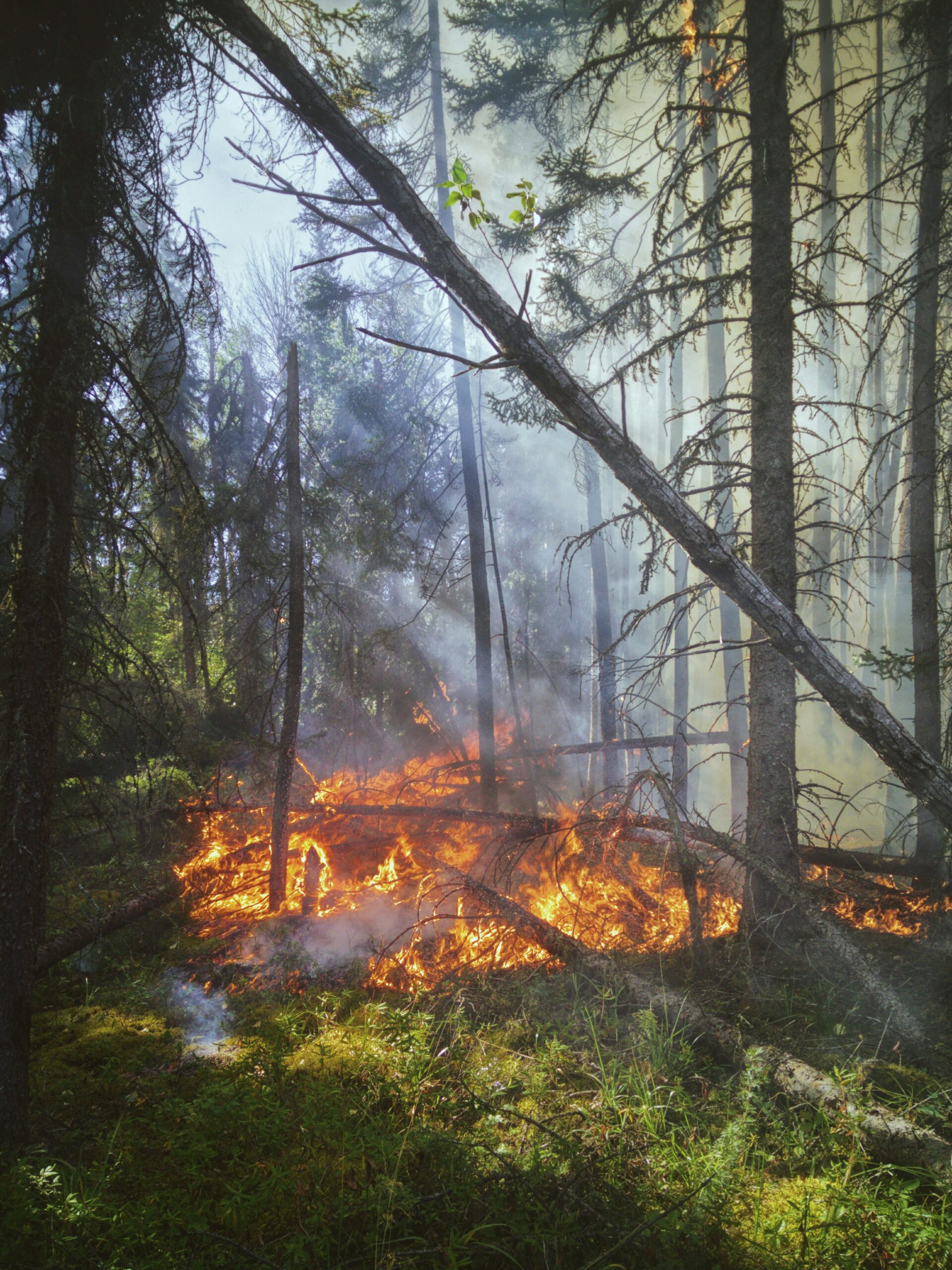Wildfires are destroying lives, and property worth millions of dollars every year. A quick look at the wildfire statistics in the US will help paint the picture even better.
In 2020 alone, the United States experienced 58,950 wildfires, which is 8,000 more than what the country had experienced in 2019. These wildfires burnt over 10.1 million acres of land (4.7 million acres in 2019), leading to estimated damage of around $10 billion. So far in 2021, the country has experienced over 45,000 wildfires, and there is a possibility that more wildfires are on the way.
And while we can estimate the loss of lives, properties, and livelihoods due to these wildfires, one thing we cannot estimate is the air quality that is being deteriorated due to the smoke from these fires.
Take Medford, Oregon for example. Medford’s air quality reached a very low stage after the September 2020 wildfires. Over 80,000 people had to evacuate their homes as the wildfires raged through the city. And alongside the property damages, the smoke from these fires deteriorated the air quality as the city’s AQI – Air Quality Index – levels reached a poor condition. Although air quality data suggests more improved conditions (moderate levels) at the moment, the presence of pollutants and an increased concentration of unhealthy gases like nitrogen oxide and carbon monoxide is still there. The situation might escalate if there is another wildfire nearby.
Having said all that, it is imperative that residents in neighborhoods where wildfires can lead to poor air quality take necessary measures to protect themselves. And they need to start by making sure the air inside their houses is clean.
So how do you keep the air inside your house protected from pollutants while there is a wildfire somewhere at a distance? Let us find out.
Installing a Carbon Monoxide Detector
CO poisoning claims at least 400 lives every year, while thousands of others fall sick due after being exposed to this gas. During a wildfire, CO concentrations increase in the air. This leads to unhealthy conditions and can cause serious damage to sensitive groups.
One way to understand its presence is by observing the symptoms which are similar to that of the flu. However, a much better way to ensure a CO-free environment in your house is by installing a carbon monoxide detector. With the slightest increase in CO levels inside the house, the detector will warn you immediately, allowing you to do the necessary to stop this level from increasing further.
You will have to stop yourself from burning too much fuel if the CO levels reach a high state. Avoid starting up a car, engine, or generator near your house doors or windows. That way, even when you do need to use fuel, you will at least stop the CO gas from entering the house.
Setting Up an Air Purifier
An air purifier will filter the harmful tiny particles or pollutants inside the house. You might have to change the filter occasionally if there is too much pollution in your area. This is something you can check using a weather app that also provides air quality data.
Air purifiers have some limitations as well. They cannot filter large particles and many allergens. As a result, while they can keep the air inside your house healthy, they might not always be completely safe.
Reduce Carpeting
Carpets trap harmful particles. Thus, even when you try to expel the harmful particles inside your house, your carpet will hold on to them. Vacuuming the carpet will eventually make the particles airborne. You can, however, use a HEPA vacuum to ensure that the particles are properly removed instead of becoming airborne.
Ensure Ventilation
Your house needs to be well-ventilated so that harmful gases can escape, and fresh air can fill the rooms. Ideally, you would want to avoid opening the windows when there is too much pollution outside, or there is wildfire nearby. However, at other times, you should keep the windows open and allow air circulation.
In case you are not too eager to ventilate all the rooms, make sure you are at least doing so with the kitchen and the fireplace. As you are burning fuel and wood in these areas, there will be a build-up of CO and nitrogen oxide in these areas. Hence, ventilation is necessary to expel these gases.
Once you have taken all these measures, you can rest assured that the air inside your house will feel a lot better. You will also feel more comfortable and relaxed while breathing in such an environment.

